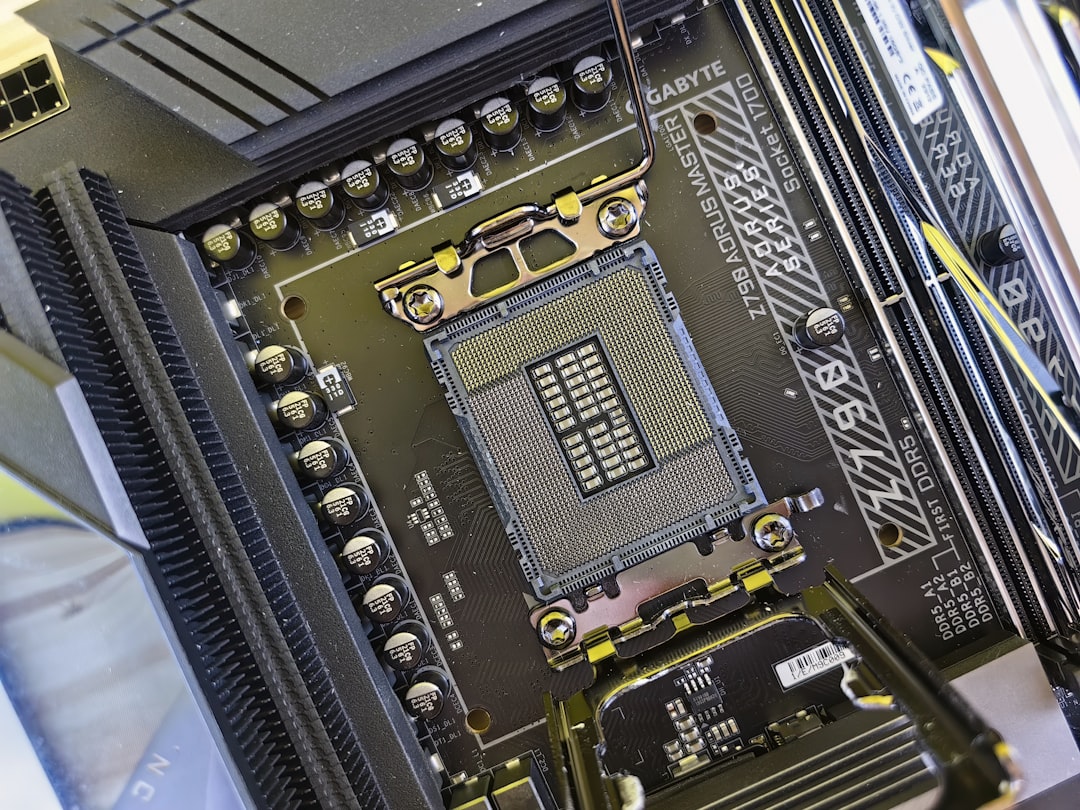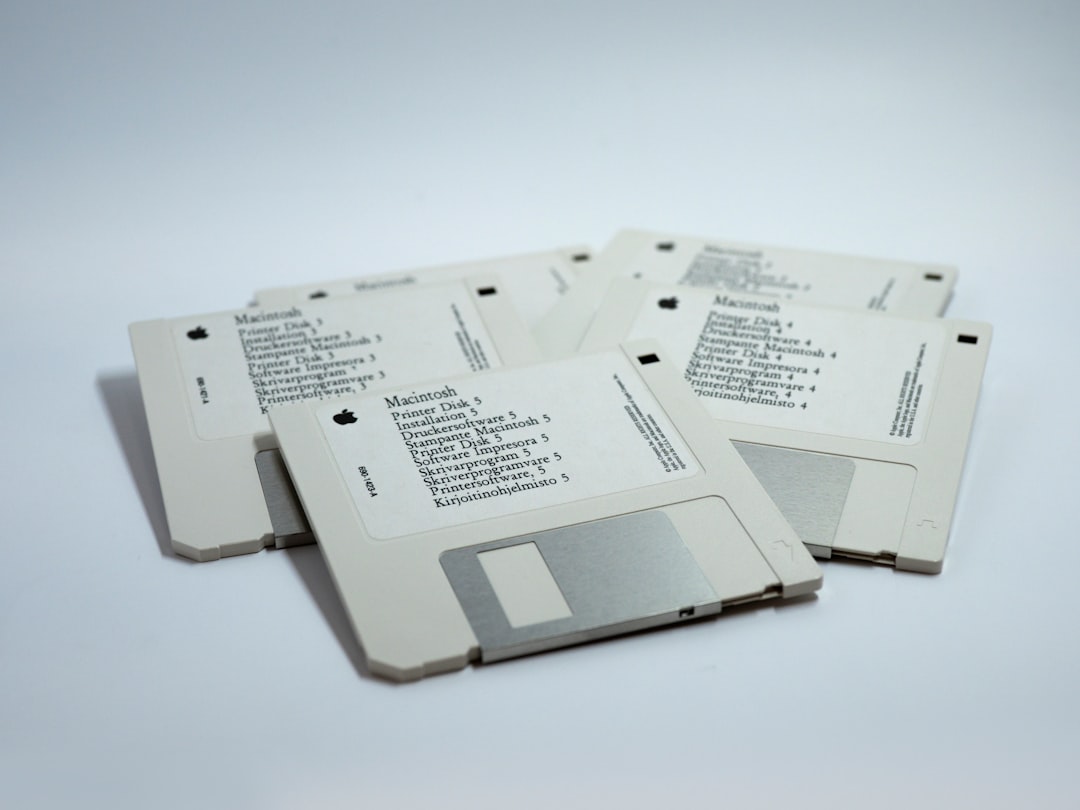The backbone of modern computer systems is made up of various interconnecting technologies that allow different components to communicate efficiently. Among these, the Peripheral Component Interconnect (PCI) technology has played a crucial role for decades. As systems evolved and the number of components increased, there arose a need for components to be connected through expansion pathways without degrading performance. This is where the PCI-to-PCI bridge comes into play.
TLDR (Too Long; Didn’t Read):
A PCI-to-PCI bridge is a hardware component designed to connect two PCI buses, enabling communication between devices that reside on different PCI bus segments. It helps expand the capacity of a motherboard to accommodate more PCI devices without sacrificing performance. These bridges maintain data integrity and manage traffic routing efficiently between devices. They are commonly found in servers, industrial machines, and computer motherboards where multiple PCI cards are needed.
What Is a PCI-to-PCI Bridge?
A PCI-to-PCI bridge is a hardware circuit that interconnects two PCI buses together while maintaining full PCI protocol compatibility. It acts as a translator and a mediator, facilitating communication between devices on one bus and those on another. This solution was developed to address the limitations of having only a single PCI bus in systems where the number of devices could exceed what one bus could efficiently support (usually four to six devices).
The bridge effectively creates a more scalable and modular architecture by segmenting the load among more than one PCI bus. Each connected bus is treated independently with its own set of available resources like addresses and data bandwidth, while still functioning as part of the larger PCI hierarchy.

Why Use PCI-to-PCI Bridges?
There are several compelling reasons for using a PCI-to-PCI bridge, especially in enterprise and specialized computing environments:
- Device Expansion: Systems that require numerous PCI devices need additional bus capacity. Bridges allow the insertion of more PCI cards by adding more PCI slots beyond the bus limitations.
- Performance Optimization: By segmenting devices onto different PCI buses, traffic is distributed more evenly, reducing latency and contention for bandwidth.
- Physical Constraints: Motherboards have limited physical space for PCI slots. Bridges allow board designers to overcome these limitations through expansion risers or daughterboards.
- Error Isolation: Faults or excessive traffic on one bus are isolated and do not affect the entire system, enhancing stability and reliability.
How Does a PCI-to-PCI Bridge Work?
The bridge operates transparently to both the operating system and the applications. It listens for transactions on the primary PCI bus (known as the “upstream” side) and efficiently routes the relevant signals to the secondary bus (referred to as the “downstream” side), or vice versa. The bridge ensures that the rules and protocols of PCI communication are upheld on both sides without interference.
Here are some of the tasks that a PCI-to-PCI bridge performs:
- Bus Mastering: Acts on behalf of a downstream device to initiate transactions with other PCI components on the host system.
- Address Decoding: Ensures that data is correctly mapped to the right devices on either bus through address space mapping.
- Interrupt Forwarding: Manages and routes interrupt signals properly across the buses.
- Clock Synchronization: Maintains timing accuracy to coordinate data delivery between devices operating on different clock domains if needed.
Architectural Considerations
System architects choose to integrate PCI-to-PCI bridges for flexibility. Each bridge divides the system’s PCI domain into sub-domains, which can be especially beneficial in multi-processor or high-performance computing (HPC) environments. In modern systems, several bridges might be cascaded or daisy-chained, enabling over 20 or more devices to be interconnected within a single platform.

However, adding more bridges introduces additional complexity in terms of addressing and timing, so design considerations include:
- Ensuring the BIOS and operating system can recognize and configure all downstream devices properly
- Managing latency, especially when critical devices are placed at deeper bridge levels
- Providing adequate power and thermal management for added components
Types of PCI-to-PCI Bridges
There are several variations of PCI-to-PCI bridges based on the specific PCI standard used:
- Standard PCI-to-PCI Bridge: Based on the original 32-bit PCI protocol and often used in legacy systems.
- PCI-X-to-PCI Bridge: Enhanced version for workstations and servers offering higher bus speeds and wider data paths (64-bit support).
- PCIe Switches (Modern Equivalent): In PCI Express systems, switches and root complexes serve a similar function by interconnecting devices with separate lanes.
Although PCI-to-PCI bridges were initially common for older PCI/PCI-X systems, the concept is still alive today in the form of PCIe switches, which are more sophisticated and allow fine-grained control over data paths.
Applications and Use Cases
PCI-to-PCI bridges are found in a wide range of devices and industries:
- Servers: Allows numerous network cards, storage controllers, and other I/O devices to be deployed simultaneously.
- Industrial PCs: Often require multiple interface cards (e.g., serial, data acquisition, or GPU cards) for machine and process control.
- Embedded Systems: Enables communication across modular components in telecommunications and automotive systems.
- Test Equipment: Used extensively in systems that require rapid swappability and expansion of interface cards.
Advantages and Limitations
Advantages:
- Allows for more PCI devices to be utilized in a system
- Improves data traffic management and bandwidth distribution
- Enables modular and scalable systems design
Limitations:
- Introduces additional latency if not configured properly
- May require BIOS and OS support for proper enumeration
- Physical board space and thermal constraints still apply
Conclusion
PCI-to-PCI bridges played an important role during the evolution of computing systems by helping accommodate more hardware within a singular, cohesive architecture. Today, while traditional PCI is largely superseded by PCI Express, the core role of PCI-to-PCI bridges survives in the form of modern PCIe switches. System designers continue to rely on such concepts for efficient routing, scalability, and system segmentation. Understanding how these bridges work helps one appreciate the complexity and power of modern computing infrastructure.
FAQ
- What is the purpose of a PCI-to-PCI bridge?
It allows the connection of multiple PCI buses, enabling the motherboard to support more PCI devices without affecting performance. - Is a PCI-to-PCI bridge the same as a PCIe switch?
They serve similar roles in their respective architectures. PCIe switches are modern counterparts used in PCI Express systems. - Do all systems need a PCI-to-PCI bridge?
No, only systems that require a large number of PCI devices or need scalable architectures typically use PCI-to-PCI bridges. - Can I add a PCI-to-PCI bridge to my desktop computer?
It depends on your motherboard and BIOS support. Most modern desktop systems are based on PCIe, where PCIe switches are more common. - Does using a PCI-to-PCI bridge impact system performance?
If designed properly, it can improve performance by segregating traffic. However, improper configuration can cause latency issues.